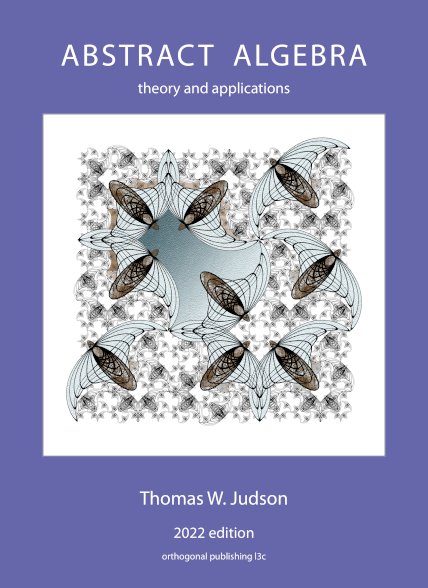Example 8.23.
Suppose that we have the following eight words to be encoded:
For
the associated standard generator and canonical parity-check matrices are
and
respectively.
Observe that the rows in
which yields a system of equations:
Here

